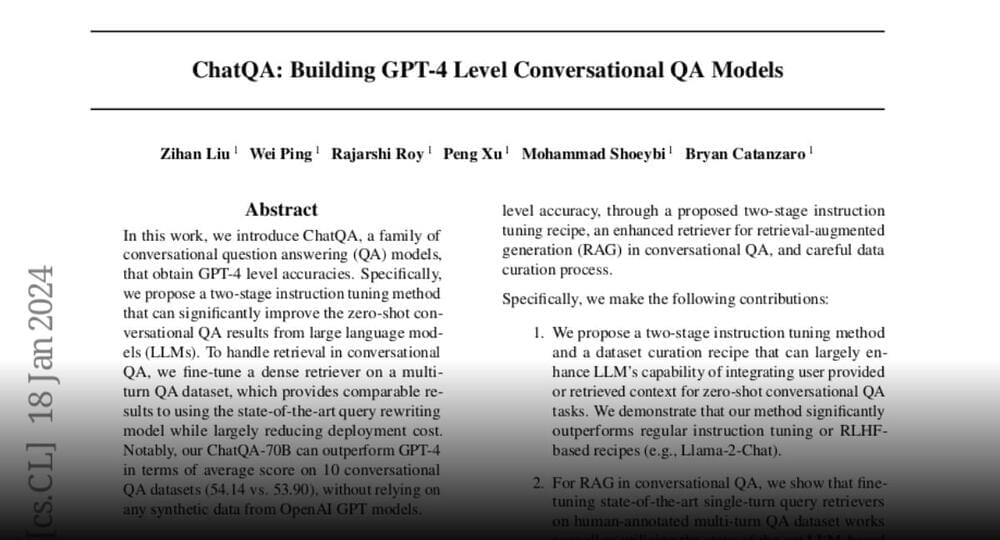Join the discussion on this paper page.


Paper page: https://huggingface.co/papers/2401.14403 https://open-world-mobilemanip.github.io/ Deploying robots in open-ended unstructured environments such as homes has been a long-standing research problem.

Of all the organisms that photosynthesize, land plants have the most complex bodies. How did this morphology emerge? A team of scientists led by the University of Göttingen has taken a deep dive into the evolutionary history of morphological complexity in streptophytes, which include land plants and many green algae.
The team’s research allowed them to go back in time to investigate lineages that emerged long before land plants existed. Their results revise the understanding of the relationships of a group of filamentous algal land colonizers much older than land plants. Using modern gene sequencing data, researchers pinpoint the emergence of multicellularity to almost a billion years ago. The results were published in the journal Current Biology.
The study focused on Klebsormidiophyceae, a class of green algae known for its ability to colonize diverse habitats worldwide. The team of researchers conducted extensive sampling, investigating habitats ranging from streams, rivers, and lake shores to bogs, soil, natural rocks, tree bark, acidic post-mining sites, sand dunes, urban walls, and building façades.

“The key take-home from this study is that small electric aircraft can have a notably lower climate impact – up to 60 percent less – and other types of environmental impacts than equivalent fossil-fueled aircraft,” said Dr. Rickard Arvidsson.
In a time when electric cars are increasing in number around the world and contributing to a greener future, can electric aircraft do the same? This is what a recent study published in The International Journal of Life Cycle Assessment hopes to address as a team of researchers from the Chalmers Institute of Technology in Sweden investigated the environmental impact of an electric aircraft versus a fossil fuel-based counterpart. This study holds the potential to help better understand the pros and cons of electric aircraft while underscoring their environmental impact for both the short-and long-term.
For the study the researchers conducted a life cycle assessment of a “Pipistrel Alpha Electro” aircraft and a fossil fuel-based aircraft to determine which was more environmentally friendly. The Alpha Electro’s structure consisted of an approximately 10-meter (33-feet) wingspan and weighs 550 kg (1212 pounds) at full weight. It was powered by a 21 kWh NMC (nickel-manganese cobalt) lithium-ion battery, resulting in a 60 kW engine output. The fossil fuel-based aircraft was comprised of the same structure as the Alpha Electro aside from the gas engine and fuel tank. The goal of the study was to ascertain when the Alpha Electro obtains a “break-even” point with its gas-powered counterpart in terms of the overall environmental impact.

Architecture practice Studio RAP has combined algorithmic design and 3D printing to create a pair of archways informed by Delft Blue porcelain at the PoortMeesters housing in the Netherlands.
Named New Delft Blue, the archways were designed to frame entrances to a courtyard garden at the centre of the housing development in Delft designed by The Hague-based VY Architects.
They were constructed using 3,000 unique tiles that were 3D-printed and arranged in a pattern determined by an algorithm created by Studio RAP.




